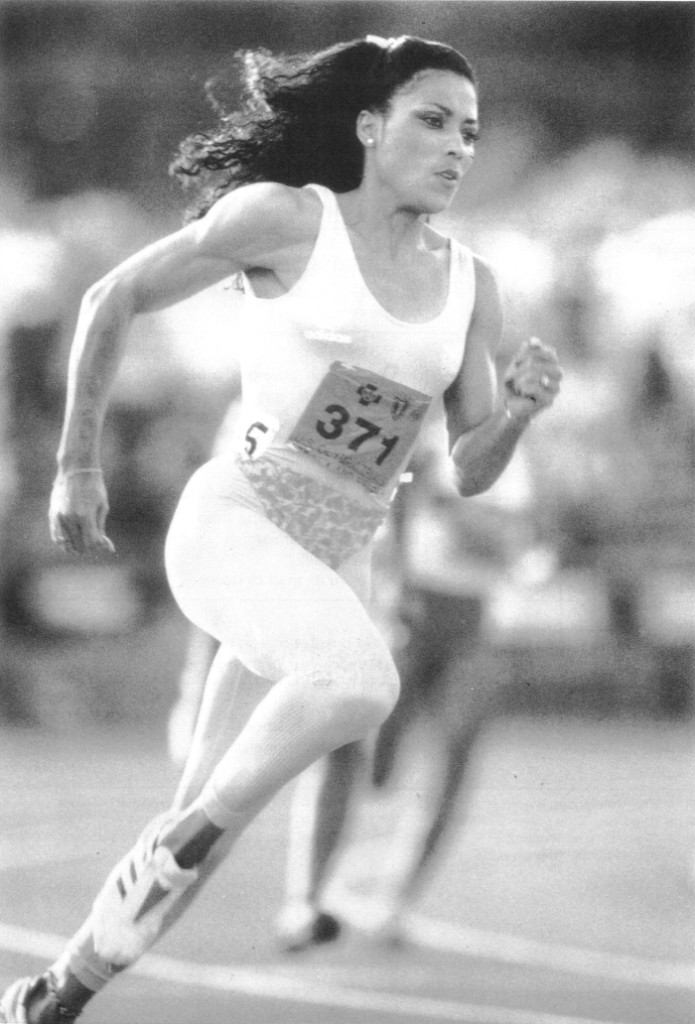If you want to run fast, you have to run fast. If you want to kick hard, you have to kick hard. No matter what the sport, sooner or later you must approach full speed, full strength, full distance in your training. High-speed, high-impact, or long-distance repetitions often cause injuries, so athletes and coaches walk a fine line when scheduling workout and rest periods. They must find a way to complete the necessary training without crossing the line into overtraining. They must reach and sustain high velocity without overstressing the speed mechanisms. They must learn to recruit the maximum number of muscle fibers for top strength without straining fragile connective tissue.
On land, such high-level training is limited. Only a few precision sprints can be performed before fatigue endangers the sprinter. Only a dozen or so long kicks can send the football through the uprights before the kicker’s leg must be protected. But in the water, athletes can run, jump and kick over and over again without fear of injury. Thus water training has become standard practice in the training of elite athletes, and recreational athletes have learned to follow their lead.
You can focus on speed and anaerobic capacity by adding sprints in elbow-deep water to your fitness program. Try sprinting in place for 45 seconds, then resting for 45 seconds. Do four to six sprints, depending on your fitness level. Check your heart rate after the third one. You should have reached your maximum working heart rate by then.
You can work on sports technique by performing the same moves in water that you make on land. Of course the moves will be slower because of the water’s resistance, but they will be effective nonetheless, for these extra seconds per move allow you to feel your body parts in “freeze frame,” which gives you more time for feedback to correct the motions. For example, you can take an old tennis racquet into the pool (one you don’t care if you ruin), and swing it through some forehand and backhand strokes to iron out any glitches you’d like to correct.
In the water, you can teach your body to assume your sport’s key positions that are difficult to reach on land. For instance, if it’s hard for you to bend low enough when digging a volleyball or hitting a kill shot in racquetball, practice the perfect form in the buoyancy of water until your body learns the “feel” of the correct position. You’ll be able to do more repetitions in water without overstressing your knees, and you’ll add grace to your movement.
Florence Griffith Joyner was one of many Olympic sprinters who benefited from Lynda Huey’s pool sprinting program. These programs helped define aquatic physical therapy as we know it today.
Lynda Huey, M.S., founder of CompletePT and Huey’s Athletic Network, is a former athlete and coach whose own injuries led her into the water to find fitness and healing. She was educated at San Jose State University where she starred on the track and field team during its golden years.


